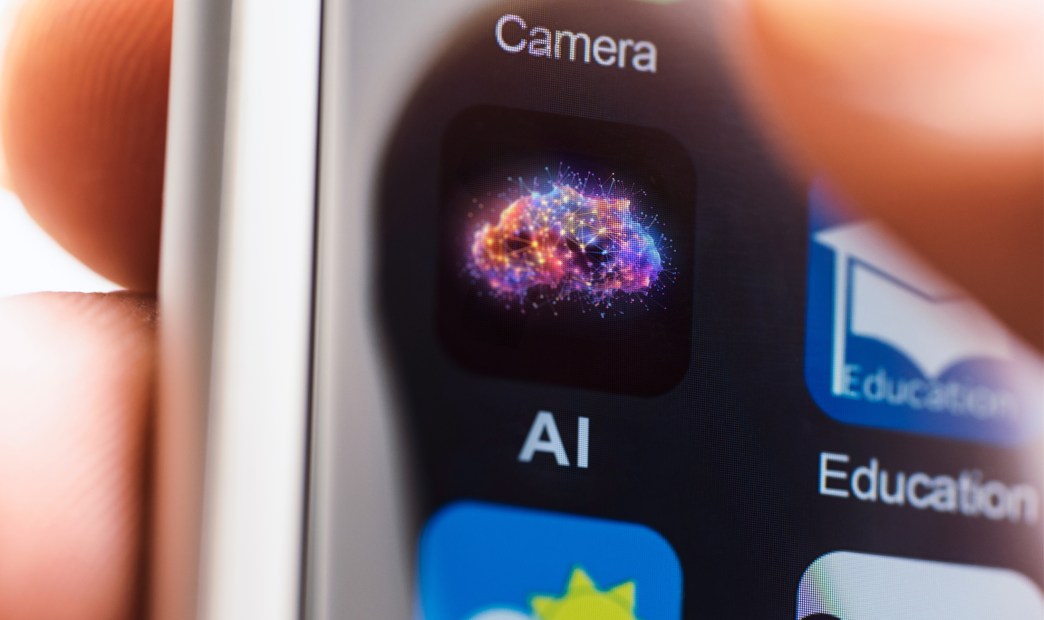In our journey through the landscapes of human and organizational thought, we’ve observed the OODA loop in action, revealing the complexities of decision-making processes. As we pivot, artificial intelligence (AI) emerges not just as a tool, but as a new entity in the decision-making ecology, with GenAI and neural networks leading the charge. These AI types not only mimic the intricacies of human thought and organizational operations but may transcend them (in some ways), offering new paradigms of creativity and efficiency, while falling short (in others), offering new opportunities for unexpected errors.
The Synapses of AI: Neural Networks
Neural networks, the bedrock upon which much of AI’s potential is built, mirror the complexity of the human brain. These intricate systems learn and adapt through experience, transforming vast data landscapes into actionable insights. Much like the decision-making components in humans and organizations, neural networks process information, make predictions, and evolve, becoming more nuanced over time.
Imagine a neural network as a team within an organization, one that’s constantly learning from the outcomes of its actions. It observes (through data), orients (by identifying patterns), decides (chooses the most likely outcome), and acts (provides a prediction or takes action). This continuous cycle of learning and adapting makes neural networks invaluable for tasks ranging from predictive analytics in business to diagnosing diseases faster than ever before.
Neural networks will find correlations that humans often don’t – for good and ill. Detecting and amplifying biases is a risk, of course.
The Creatives of the Digital World: Generative AI
If neural networks are the decision-makers, Generative AI (GenAI) represents the creative “geniuses” within the AI spectrum. GenAIs don’t just mimic the creative process, but also forge new paths that humans alone might never have explored. It generates content – be it art, music, text, or even code – that is remarkably similar to, or sometimes indistinguishable from, what humans can create.
GenAI, in essence, could be likened to a highly innovative team within an organization, one that’s constantly brainstorming and coming up with novel ideas. This team doesn’t just follow instructions; it creates new ones, pushing the boundaries of what’s possible. From designing personalized marketing campaigns to creating new product concepts, GenAI’s potential is as vast as it is revolutionary.
GenAI, however, presents risks. Have you ever been to a social event, and found that one person who sounded clever on almost any topic, but you never knew if they were just making things up? GenAI, acting without human oversight, can mimic this behavior.
AI: The New Member of the Decision-Making Loop
As we integrate AI into our workflows and strategies, it is important to recognize that they are not just tools – but also participants in the decision-making loop. They observe through data, orient by learning from patterns, decide based on algorithms, and act by executing tasks or generating new content. The synergy between human, organizational, and AI decision-making processes can unleash unprecedented levels of efficiency, creativity, and innovation.
As we usher in this era of AI-driven decision-making, we must tread carefully. The risks associated with AI, from ethical concerns to the potential for misuse, necessitate a thoughtful approach to integration. By understanding and respecting the power of AI, we can harness its potential to augment our organizational capabilities.
The future of decision-making is not just human or organizational; it’s inherently AI-enhanced. With neural networks and GenAI leading the way, the possibilities invite us to reimagine the realm of the possible.
Up Next: Using AI in your organization
Now that we’re excited to use AI, let’s look at some of the ways that AI can augment your organization in part 4 of this series.





